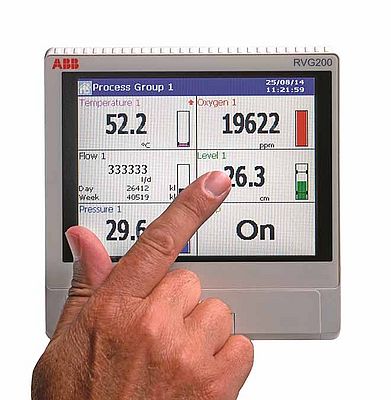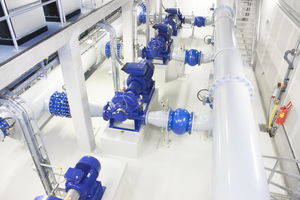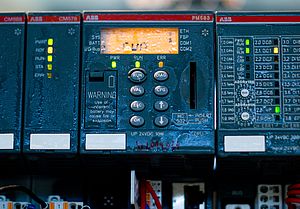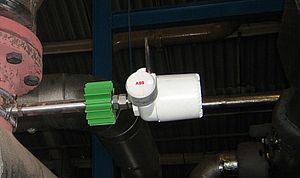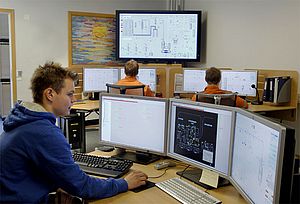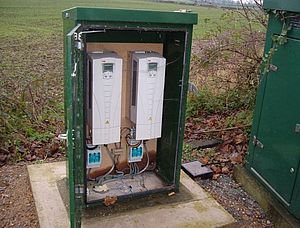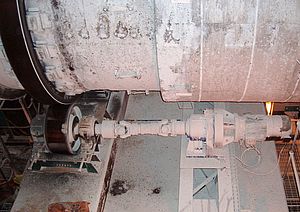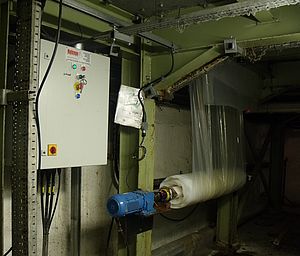ABB’s RVG200 paperless data recorder incorporates a number of advanced features giving operators easy and secure access to process data. A key feature is the use of touchscreen technology. By using the device’s intuitive icon-based menus or ‘swiping’ through the screens, operators can rapidly find the data they need. This data can be viewed in a variety of formats, including individual or grouped data in chart, bar graph or digital indicator displays.
Up to 24 universal analog inputs enable direct connection of mA, mV, TC, RTD, voltage and digital signals. Coupled with a 125mS sample rate and 500V galvanic channel to channel isolation, these inputs deliver reliable, highly accurate, data from connected process instruments. The high specification of the process inputs ensure they are AMS2750E compliant, making the device suitable for temperature recording in aerospace and automotive heat treatment processes.
Another new feature is the inclusion of front and rear USB ports. Users can connect a variety of peripheral devices, such as a USB memory drive, enabling archived process data to be transferred from the RVG200 to ABB’s DataManager Pro software for analysis. For batch applications, attaching a USB barcode scanner provides a quick way of adding information including batch numbers to batch records and eliminates the risk of typographical errors that can occur during manual entry.
Integrating the RVG200 into a plant network is made straightforward by the inclusion of a 100Mbit Ethernet connection, giving remote operators access to a range of features and functions. The RVG200’s integrated webserver enables remote access from a PC, tablet or smartphone, providing a true anytime, anyplace overview of both the current status of the RVG200 and the process it is monitoring.
The RVG200’s full IP66 and NEMA 4X front face protection make it suitable for use in a variety of applications, including hosedown environments and those subject to high levels of dust and humidity. This makes the RVG200 ideally suited for installation next to the process and not hidden away in the control room, providing local operators with the information they need at their fingertips.


